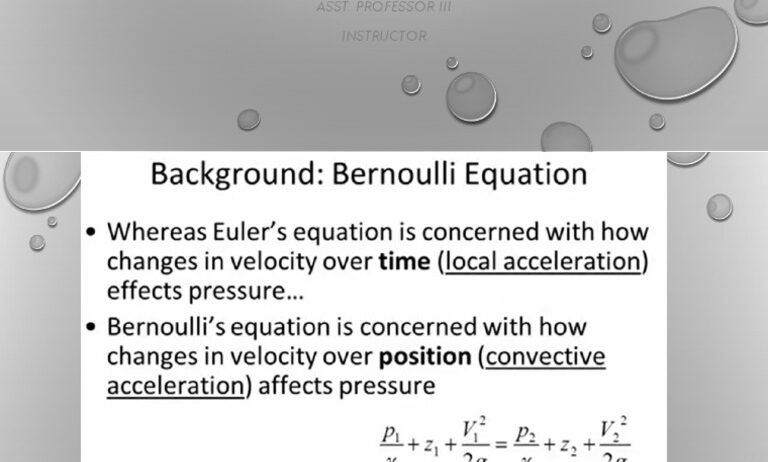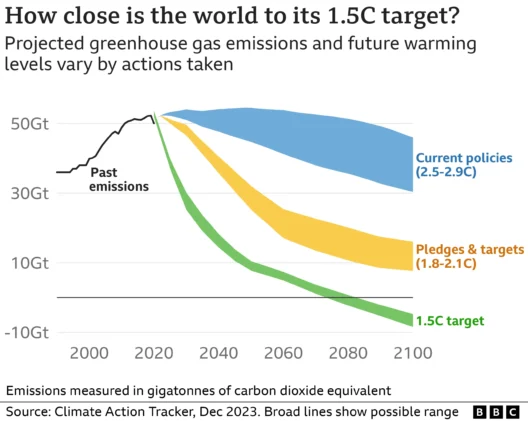The Law of Conservation of Energy serves as a pivotal cornerstone in the realm of physics, echoing a profound truth: energy cannot be created nor destroyed; it can only transform from one form to another. This immutable principle resembles a dance—an intricate ballet where energy pirouettes through various states, from kinetic to potential, thermal to chemical, yet remains a steadfast presence within the universe, unyielding and ever-evolving. Understanding this principle is not merely an academic exercise; it’s a crucial endeavor that provides insight into the very fabric of nature and its intricacies.
In its essence, the law posits that within a closed system—a conceptual framework wherein external influences are negligible—the total energy remains constant. Picture a closed room filled with a myriad of objects: a bouncing ball, a flickering candle, and a mounted spring. The energy within this room may shift as the ball strikes the ground, causing a transformation of its kinetic energy into sound and thermal energy. Yet, despite these transformations, the sum of all energy remains unchanged—a symphony harmonizing at a constant pitch.
To elucidate these transformations, consider the phenomenon of an archer drawing back their bowstring. As the bow is drawn, mechanical energy accumulates. This energy is stored as potential energy within the bow, analogous to compressing a spring. When the string is released, this stored potential energy converts into kinetic energy as the arrow surges forth, slicing through the air with both speed and precision. The energy has not evaporated; rather, it has metamorphosed, embodying the dynamic interplay dictated by the conservation law.
This principle finds application in various domains, from engineering to ecology, reminding us of the interconnectedness of energy transformations in all processes. In the field of renewable energy, this principle underlines why capturing solar irradiance, wind dynamics, or hydropower can significantly contribute to sustainable energy practices. The sunlight falling upon a solar panel isn’t lost but transformed into electrical energy, which can then be utilized to power homes and industries. This illustrates that renewable energy technologies manifest the law in action, creating a ripple effect of benefits while reducing dependency on finite fossil fuels.
Moreover, consider the essence of energy in the context of ecological systems. Trees possess an incredible ability to photosynthesize, converting solar energy into chemical energy stored in glucose. This transformation sustains not only the tree itself but also the myriad organisms that depend on it—herbivores that feed on the leaves, and carnivores that hunt those herbivores. Herein lies a poignant life lesson: energy is the backbone of ecosystems, and its conservation fuels the cycles of life, underlining the delicate balance that sustains our planet.
The Law of Conservation of Energy serves as a reminder of responsibility. The energy at our disposal, albeit vast, is finite in its natural resources. Human consumption, driven by an insatiable appetite for progress, often overlooks the delicate equilibrium prescribed by nature. The burgeoning demand for energy has led to reckless extraction of fossil fuels, resulting in devastating environmental impacts. As energy is transferred and transformed, the byproducts often unleash harmful consequences—pollutants that permeate air, land, and water, leading to climate change and biodiversity loss.
Thus, an understanding of the Law of Conservation of Energy illuminates our path forward. It warns us that every action carries a consequence; every ounce of energy expended exacts a toll on the environment. This understanding beckons a renewed consciousness towards energy stewardship. The collective engagement in energy-saving practices, the shift towards renewable sources, and the innovation of sustainable technologies are practical manifestations of this awareness. When transformed through responsible actions, energy contributes to the resilience of our ecosystems instead of depleting them.
Yet, the conversation surrounding the conservation of energy must transcend individual actions. Policymakers must weave this principle into the very fabric of legislation, incentivizing sustainable energy practices at local, national, and global levels. Investments in green technologies and infrastructure should reflect the recognition of our interdependence on one another and the planet. This imperative reflects an understanding that humanity is a singular entity within the wider tapestry of life, reliant on the same energy flow that sustains every living organism.
In concluding this exploration of the Law of Conservation of Energy, it is essential to recognize its universal relevance. This ultimate energy rule resonates beyond mere physics; it pulsates through the heartbeat of the Earth. It teaches that energy, in all its forms, drives the cycles of existence, underlining the importance of conservation and sustainable practices. As we navigate the challenges of climate change, let us embrace the wisdom imparted by this law. By understanding and applying its principles, we not only empower ourselves to act responsibly but also preserve the intricate balance of our planet, ensuring its vitality for generations to come.








